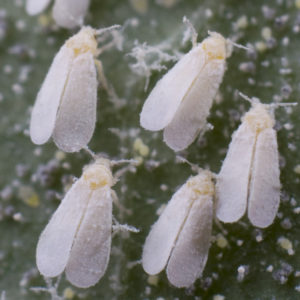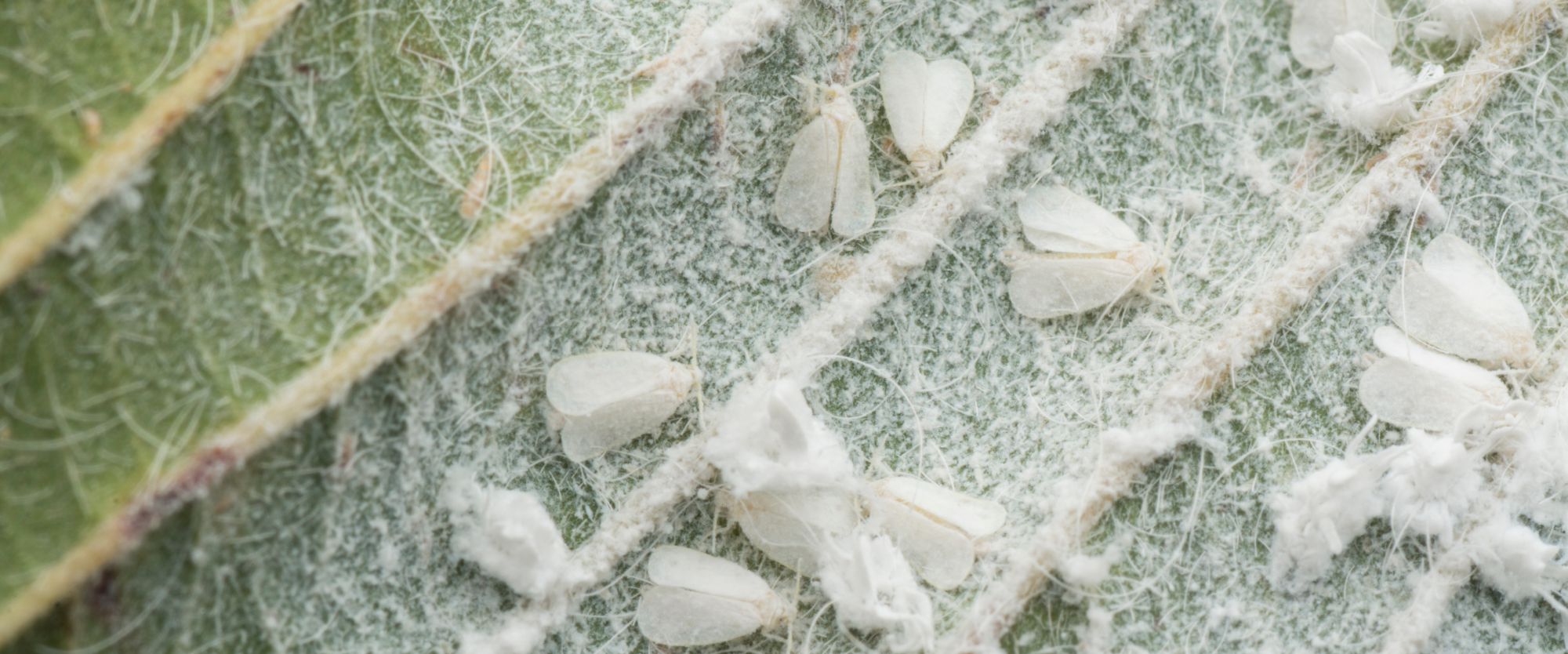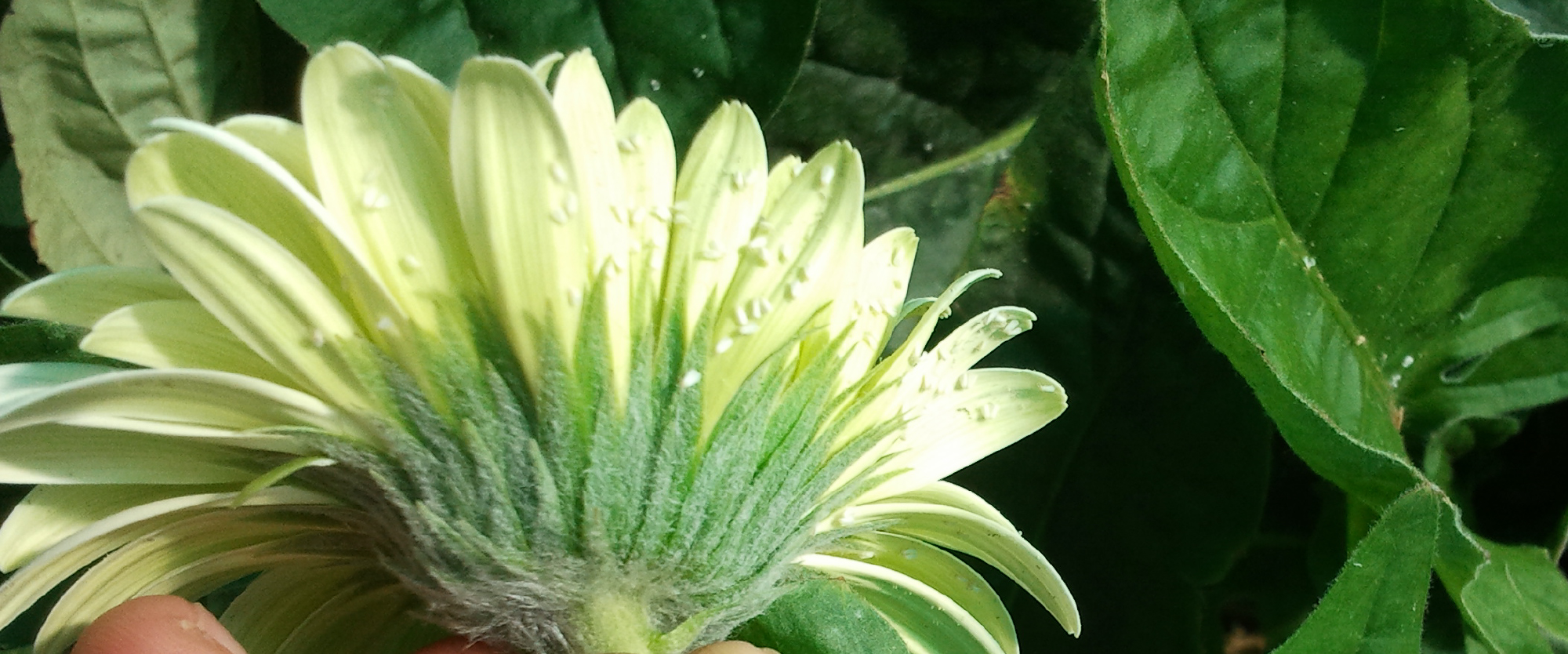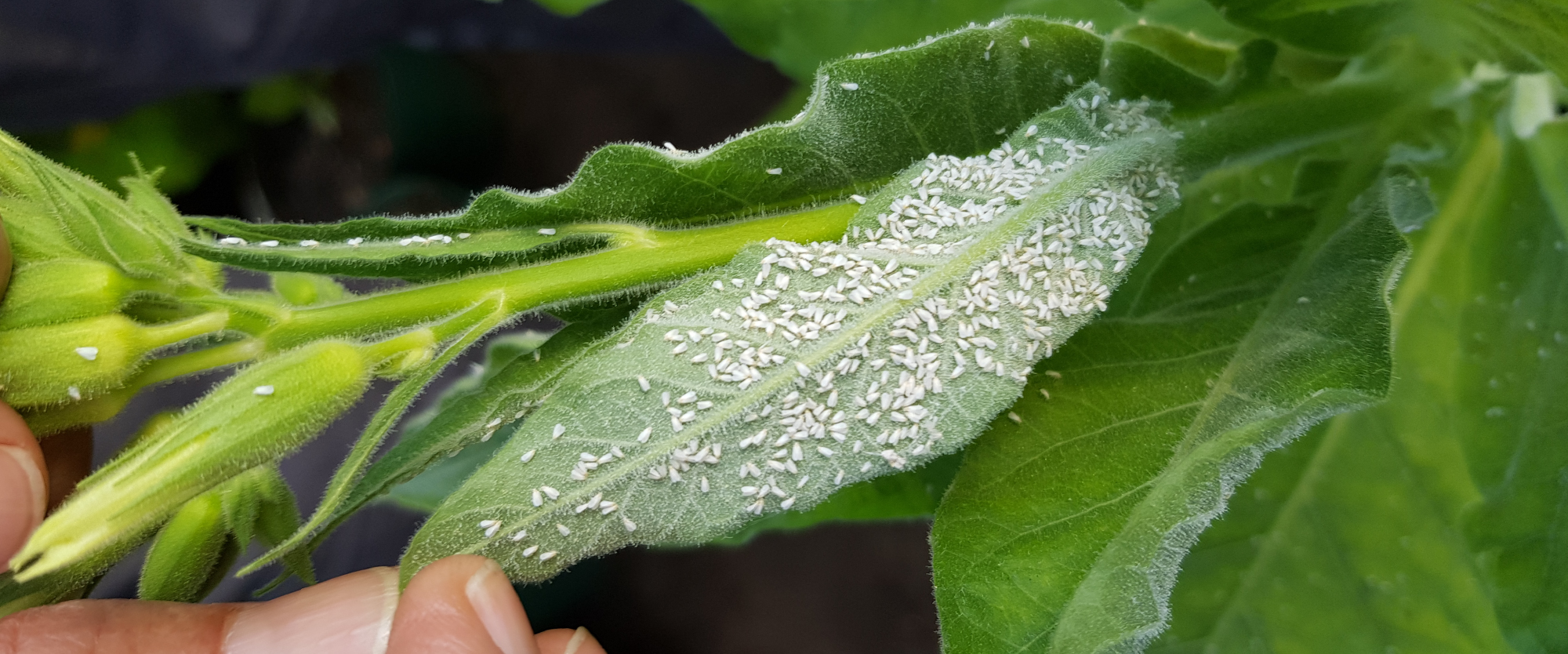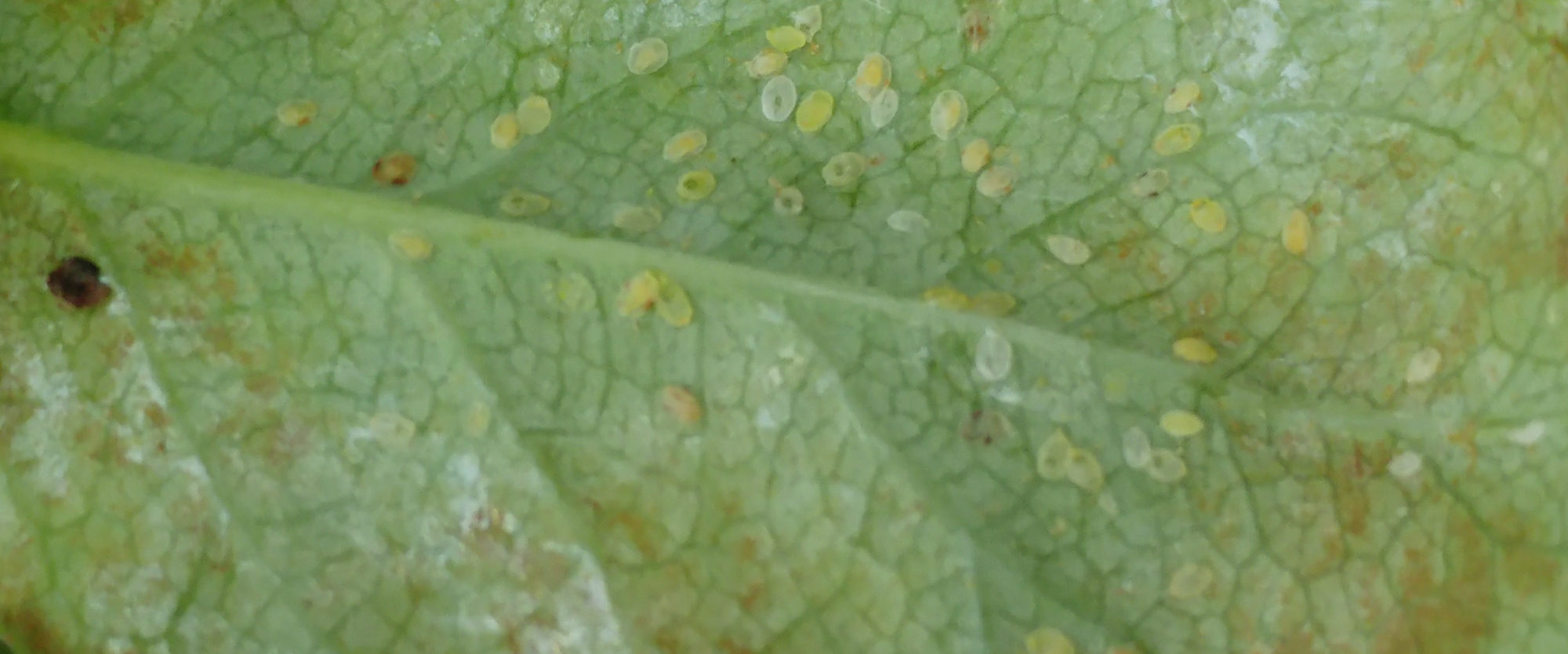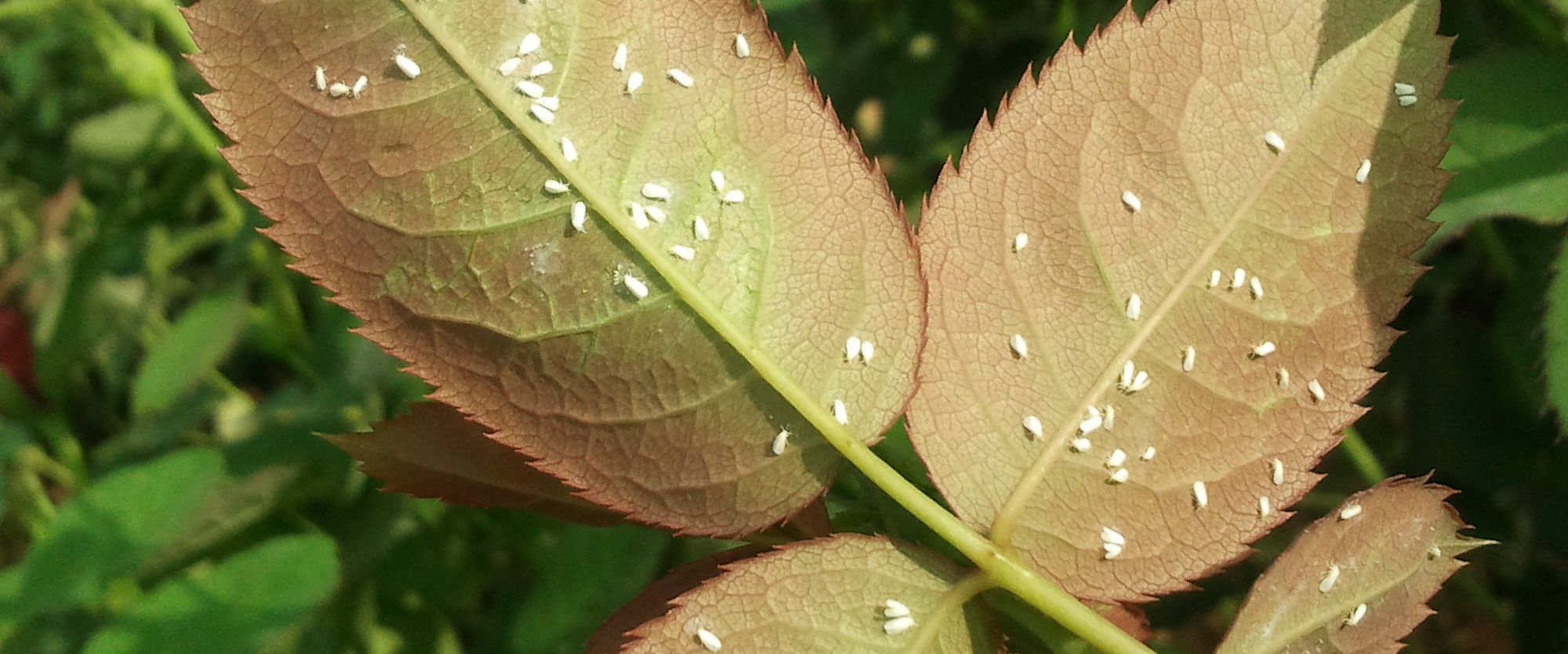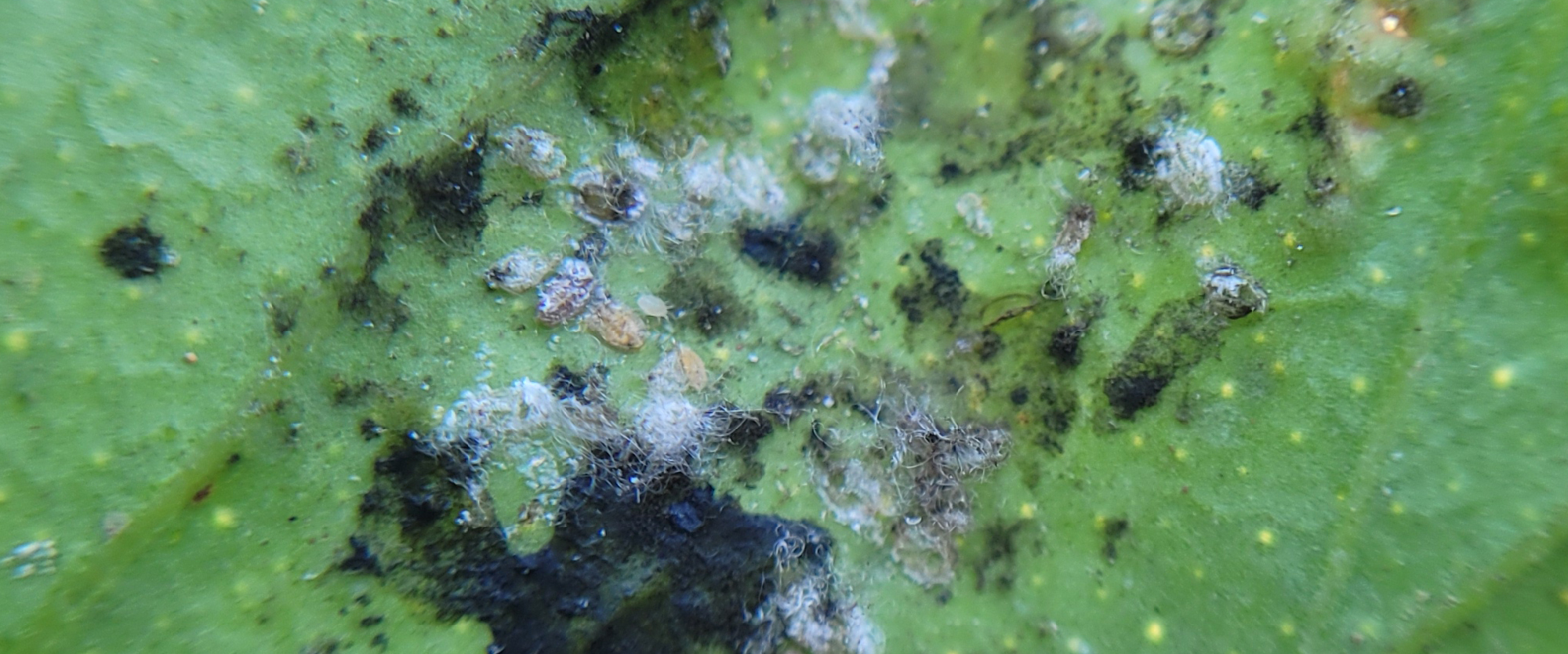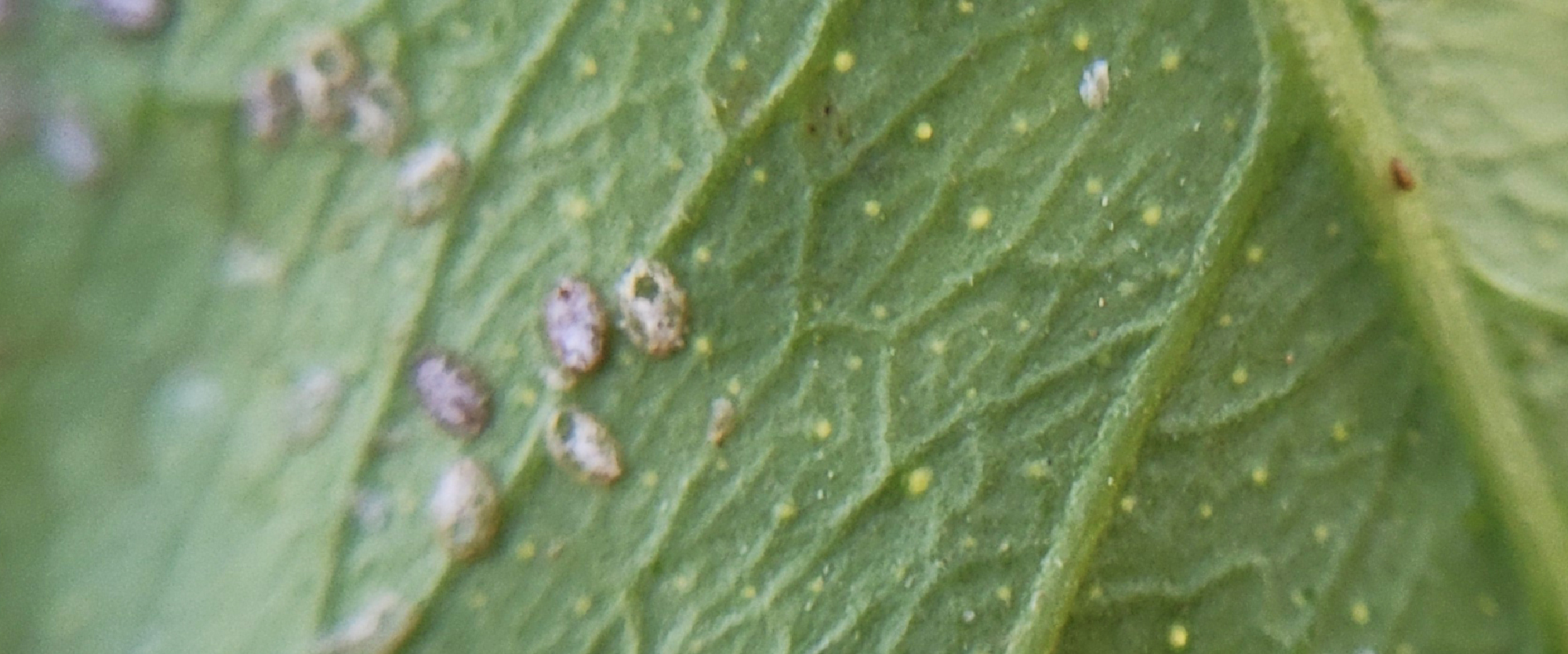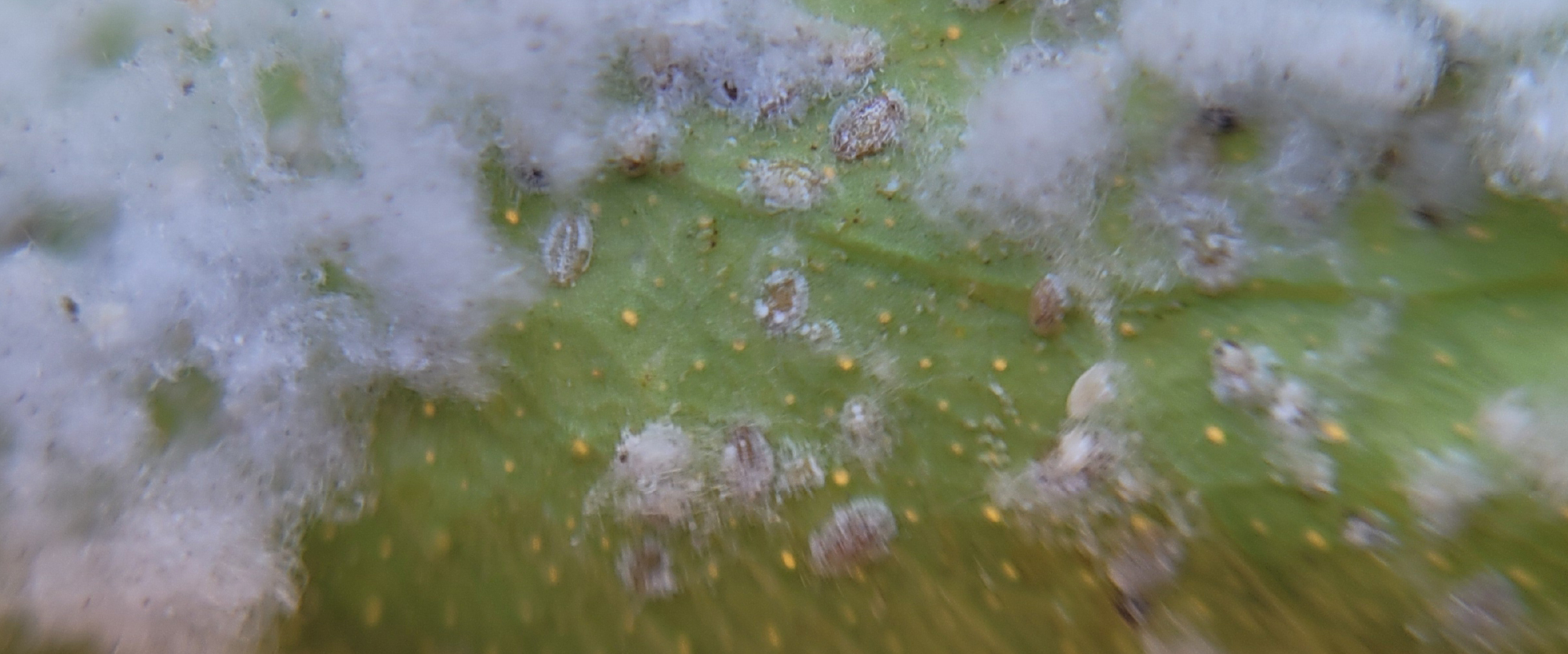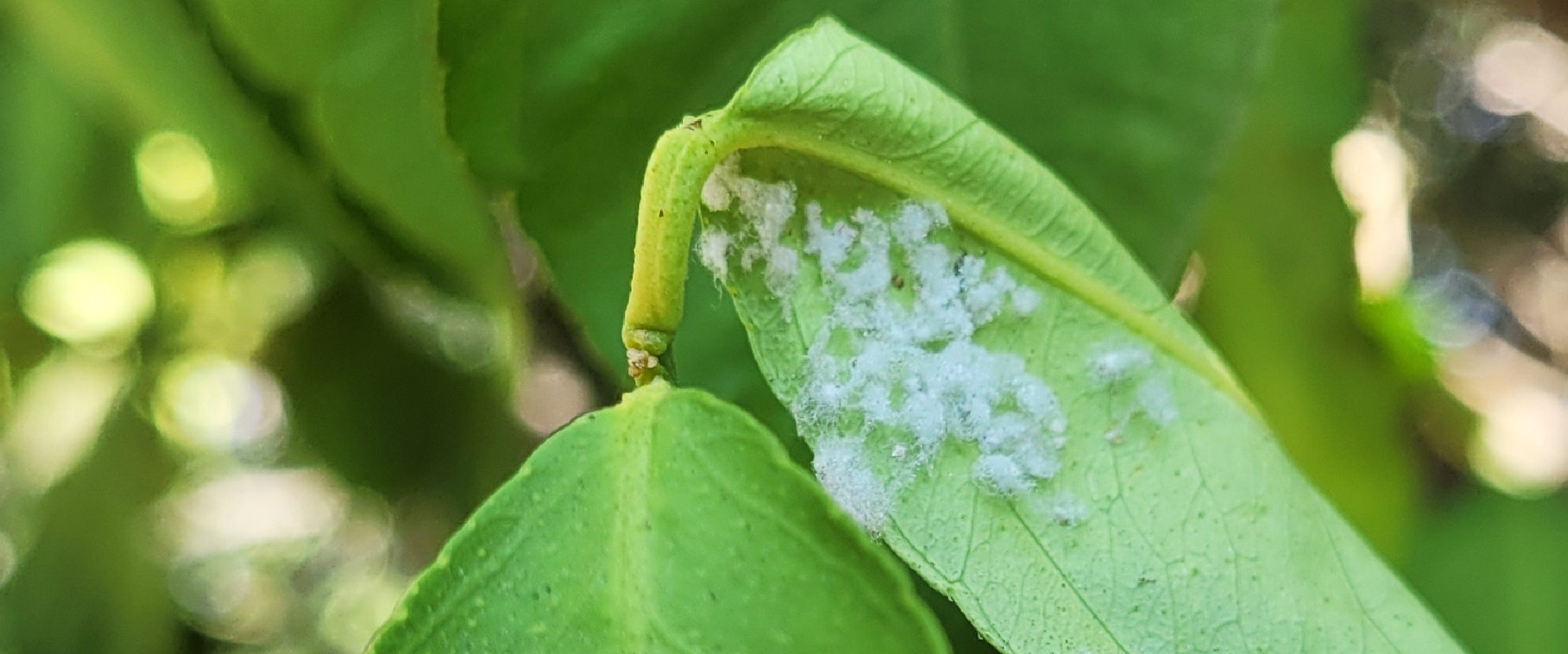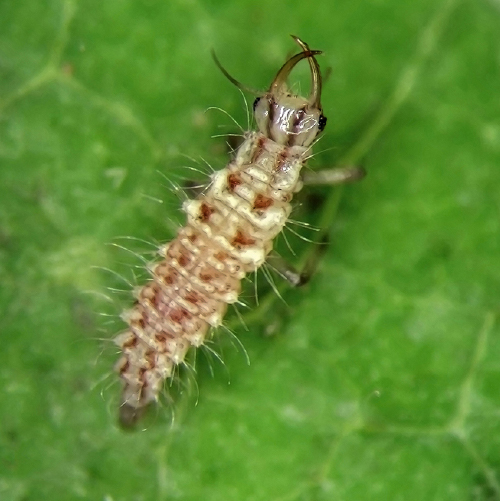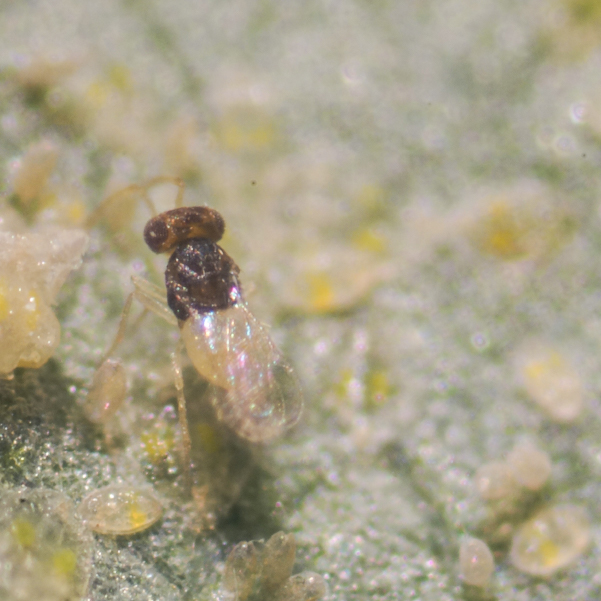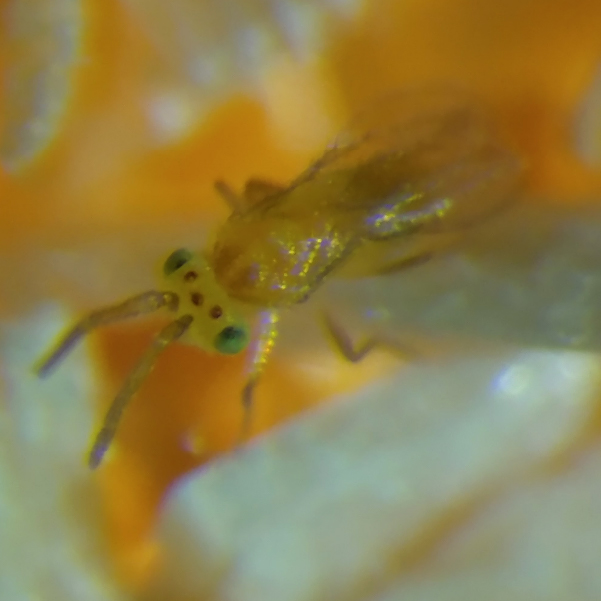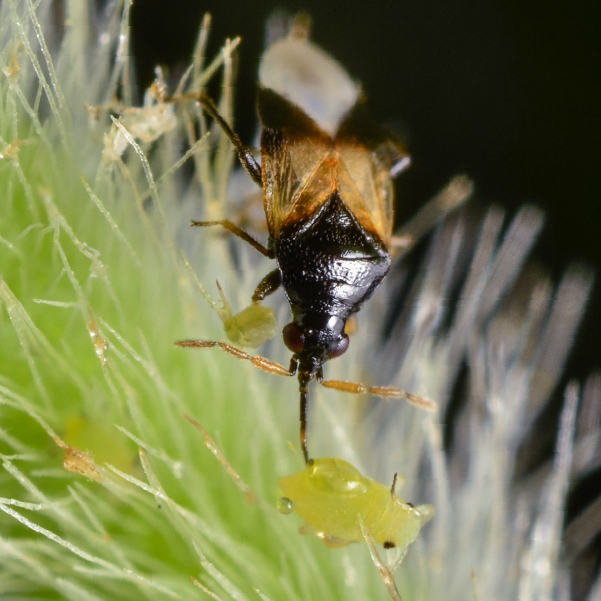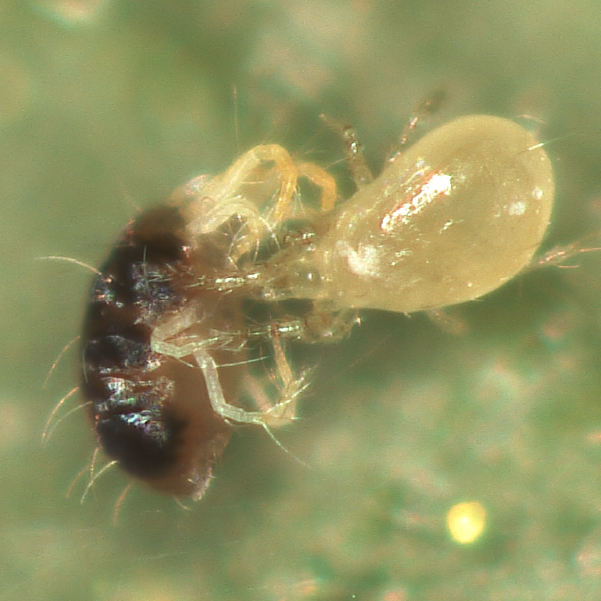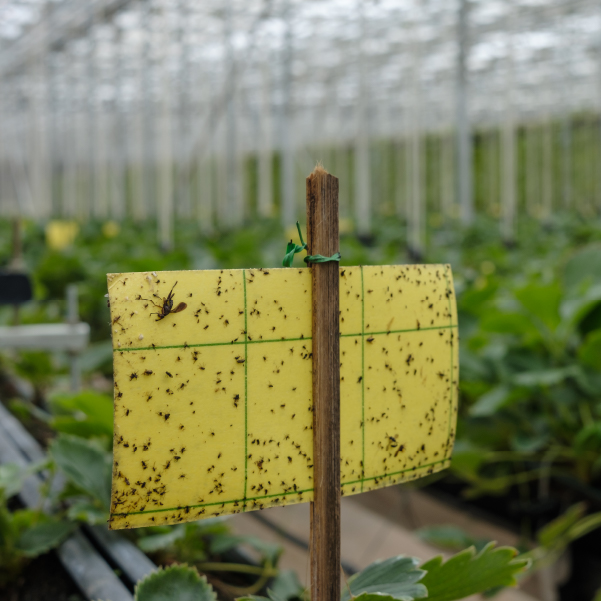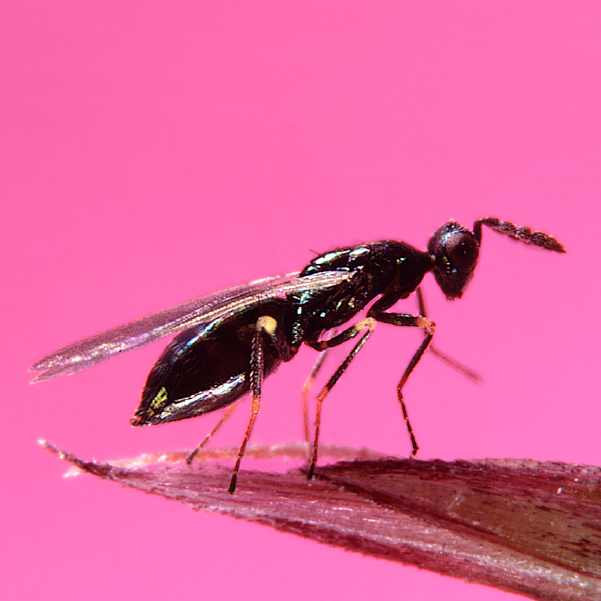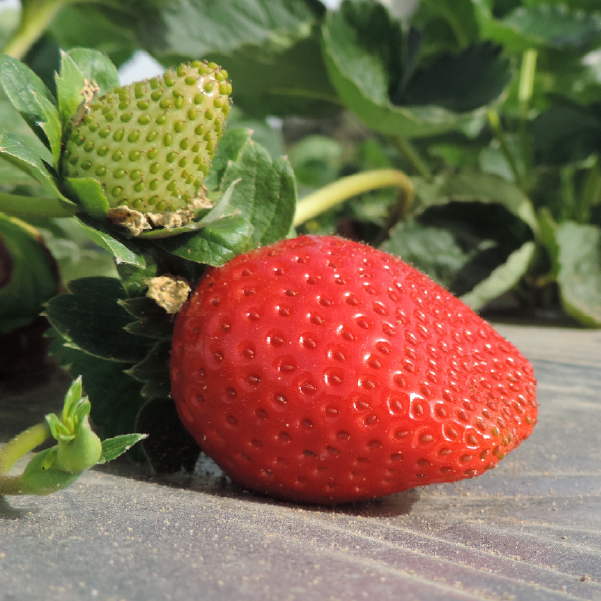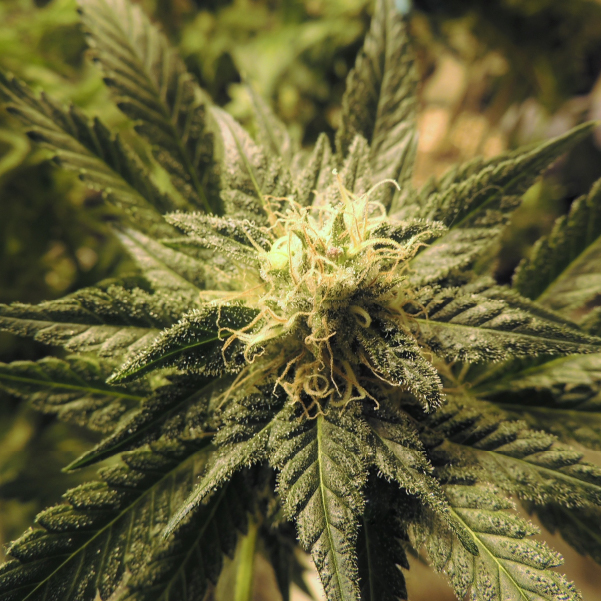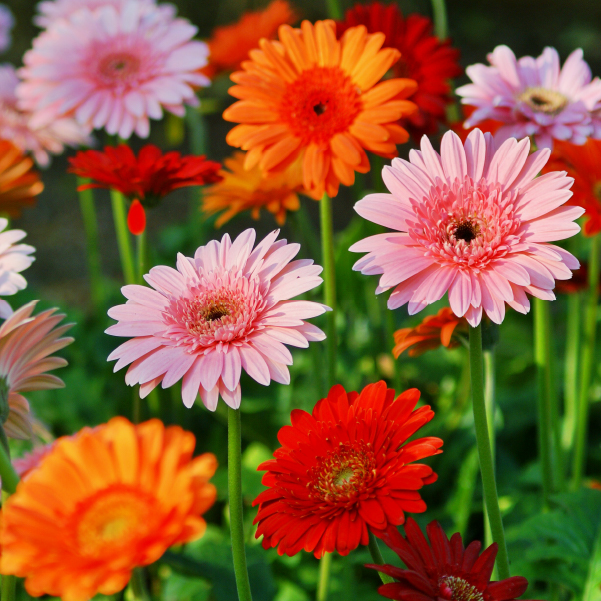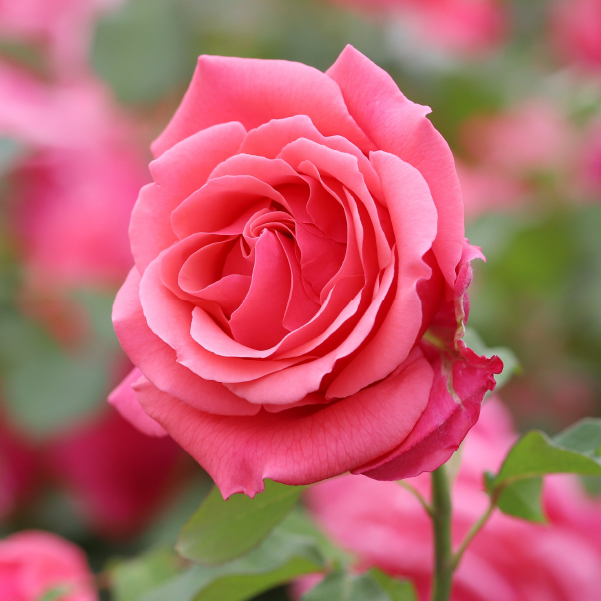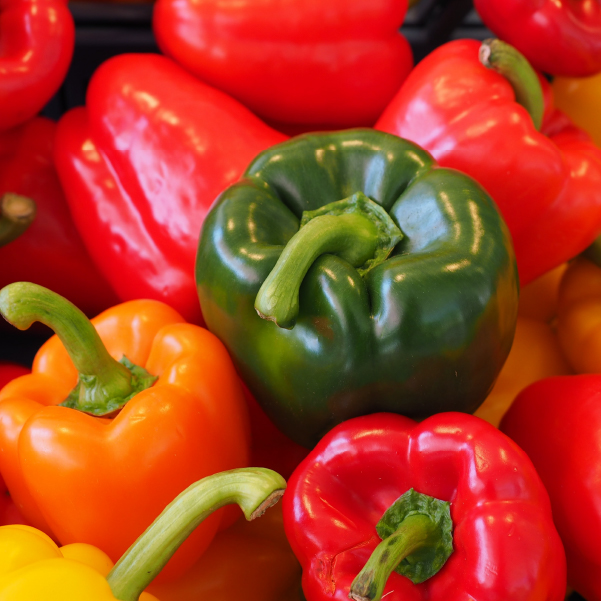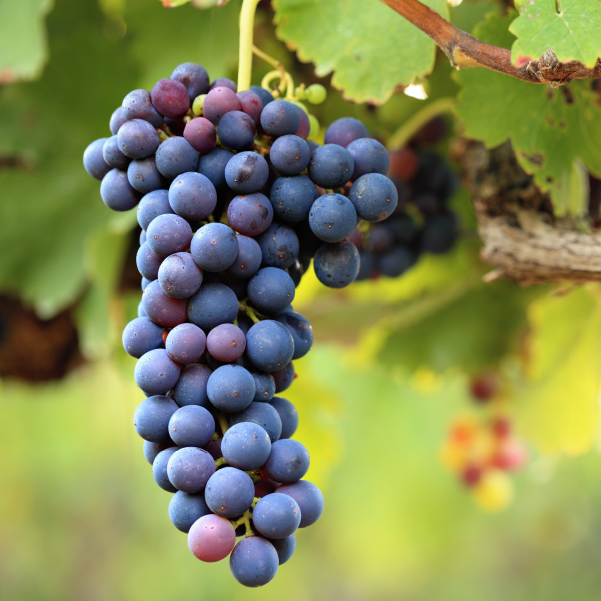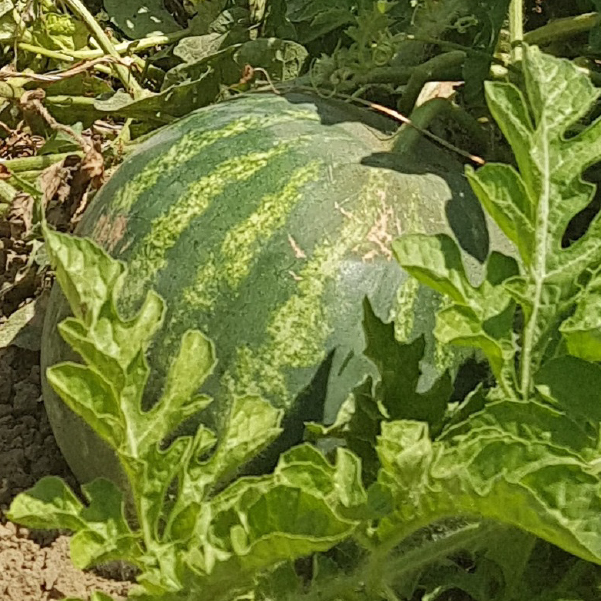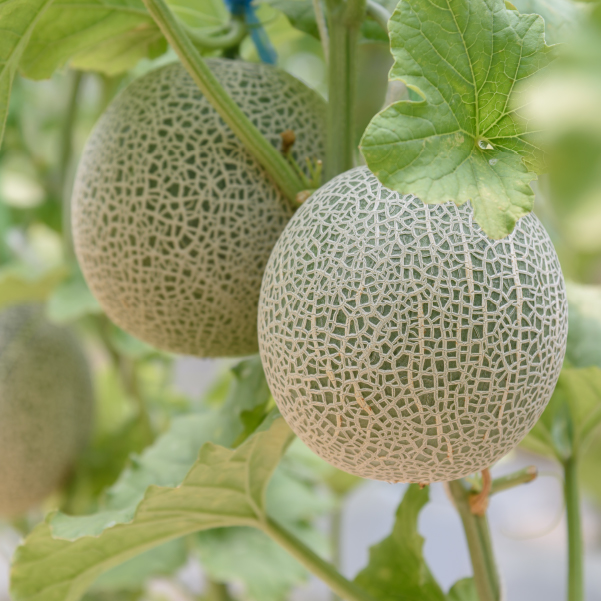Whiteflies are small sap-sucking insects that typically feed on the undersides of plant leaves and can inflict direct and indirect damage to a wide variety of crops and ornamentals.
Direct damage
Adults and nymphs feed on plant sap and since whiteflies congregate in large numbers, susceptible plants can be quickly overwhelmed yet the more serious damage is indirect.
Indirect damage
Black fungal mold
Like many other sap-sucking Hemiptera, whitefly secrete a sticky honeydew that supports black sooty mold growth. Plant sap has a low protein content but is rich in sugars, therefore whitefly excrete excess sugar in the form of honeydew, making the crop and its fruit, sticky. Black fungal molds grow on the honeydew, contaminating fruit and ornamental crops and rendering them unsuitable for market. Additionally, photosynthesis in the leaves is reduced, affecting production.
Disease transmission
Whiteflies vector several important plant viruses. Monitoring and identification are crucial to managing viral plant diseases in susceptible crops.
Natural Enemies
There are specific natural enemies for different species of whitefly.
For more information contact your local BioBee field agent.
